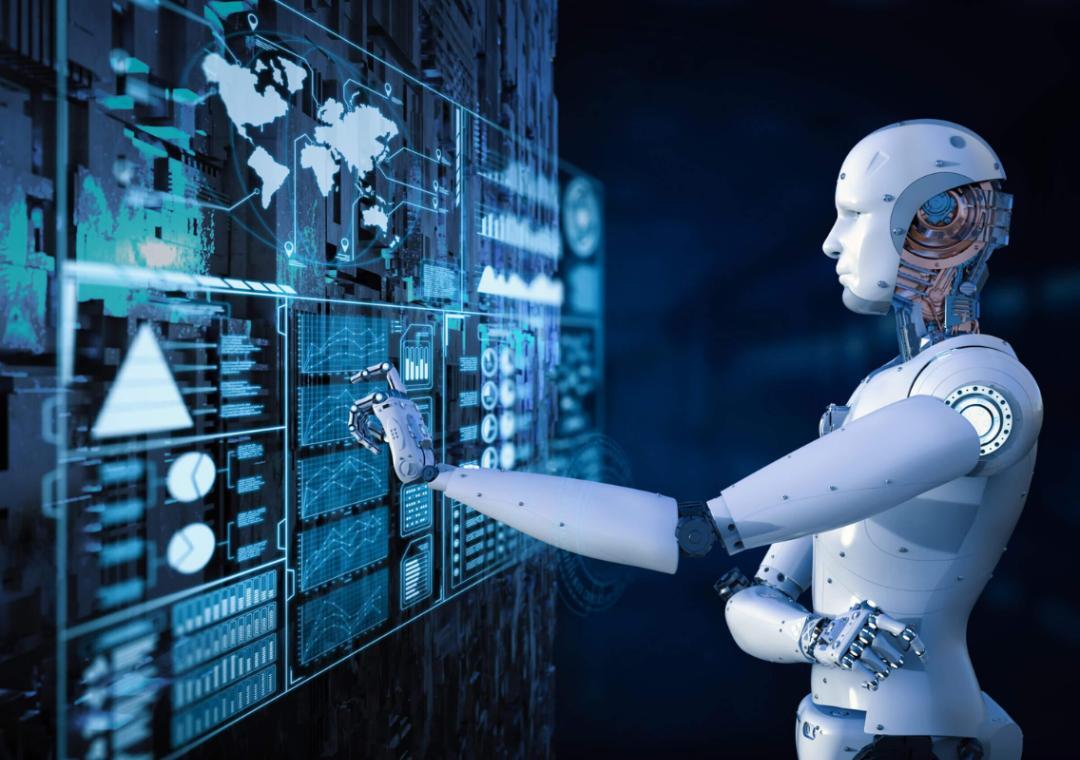
AI & Automation: The Productivity Power Duo
In today’s fast-paced business environment, efficiency is key to staying ahead of the competition. With the rise of automation and artificial intelligence (AI), companies are discovering that the perfect pairing of these two technologies can revolutionize their productivity and competitiveness. Intelligent automation, which combines robotic process automation (RPA) with AI, is empowering organizations to streamline processes, reduce costs, and free up human resources to focus on high-value tasks.
In this blog post, we’ll explore the benefits of AI and automation as a productivity power duo and examine how they’re reshaping efficiency across various industries.
What is Intelligent Automation?
Intelligent automation is a game-changer in the world of automation. By combining RPA with AI, it enables organizations to automate repetitive, mundane tasks that are typically handled by humans. RPA software, also known as “bots,” can mimic human actions, such as data entry, document processing, and customer service interactions. AI, on the other hand, is capable of learning, analyzing, and making decisions based on complex data patterns.
When RPA and AI are combined, they can tackle tasks that require both structured and unstructured data processing. This means that AI can analyze data, identify patterns, and make decisions, while RPA can execute tasks quickly and accurately.
Benefits of AI and Automation
- Faster Transactional Work: With AI and automation, organizations can automate routine tasks, such as data entry, invoicing, and customer service responses, in a fraction of the time it takes human workers. This enables companies to process transactions faster, improve customer satisfaction, and increase revenue.
- Improved Process Adaptability: AI’s ability to learn and adapt to new patterns and data sets enables processes to evolve and improve over time. This means that companies can respond quickly to changes in the market, customer preferences, and regulatory requirements.
- Human Resource Augmentation: By automating routine tasks, AI and automation free up human resources to focus on high-value tasks, such as strategy development, innovation, and relationship-building. This enables companies to redeploy their workforce to areas that drive business growth.
- Cost Savings: Automating routine tasks reduces labor costs, eliminates errors, and minimizes the need for manual data processing. This enables companies to redirect resources to areas that require human expertise and attention.
- Enhanced Decision-Making: AI’s ability to analyze complex data sets and identify patterns enables companies to make data-driven decisions, rather than relying on intuition or anecdotal evidence.
Industry-Specific Applications of AI and Automation
- Finance and Banking: AI and automation can automate tasks such as account reconciliation, loan processing, and customer service interactions, freeing up human resources to focus on high-value tasks such as risk management and portfolio optimization.
- Healthcare: AI and automation can help automate tasks such as medical records processing, billing, and patient data entry, enabling healthcare providers to focus on patient care and treatment.
- Manufacturing: AI and automation can optimize production processes, predict equipment failures, and streamline supply chain management, enabling manufacturers to reduce costs, improve quality, and increase efficiency.
- Customer Service: AI-powered chatbots can handle customer inquiries and provide personalized support, freeing up human customer service representatives to focus on complex issues and high-value interactions.
Conclusion
AI and automation are transforming the way businesses operate, enabling them to streamline processes, reduce costs, and improve productivity. By combining RPA with AI, organizations can automate routine tasks, improve process adaptability, and free up human resources to focus on high-value tasks. As industries continue to evolve and become increasingly complex, the power duo of AI and automation will play a critical role in shaping the future of business efficiency.
Source






